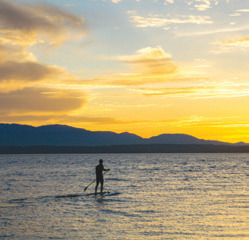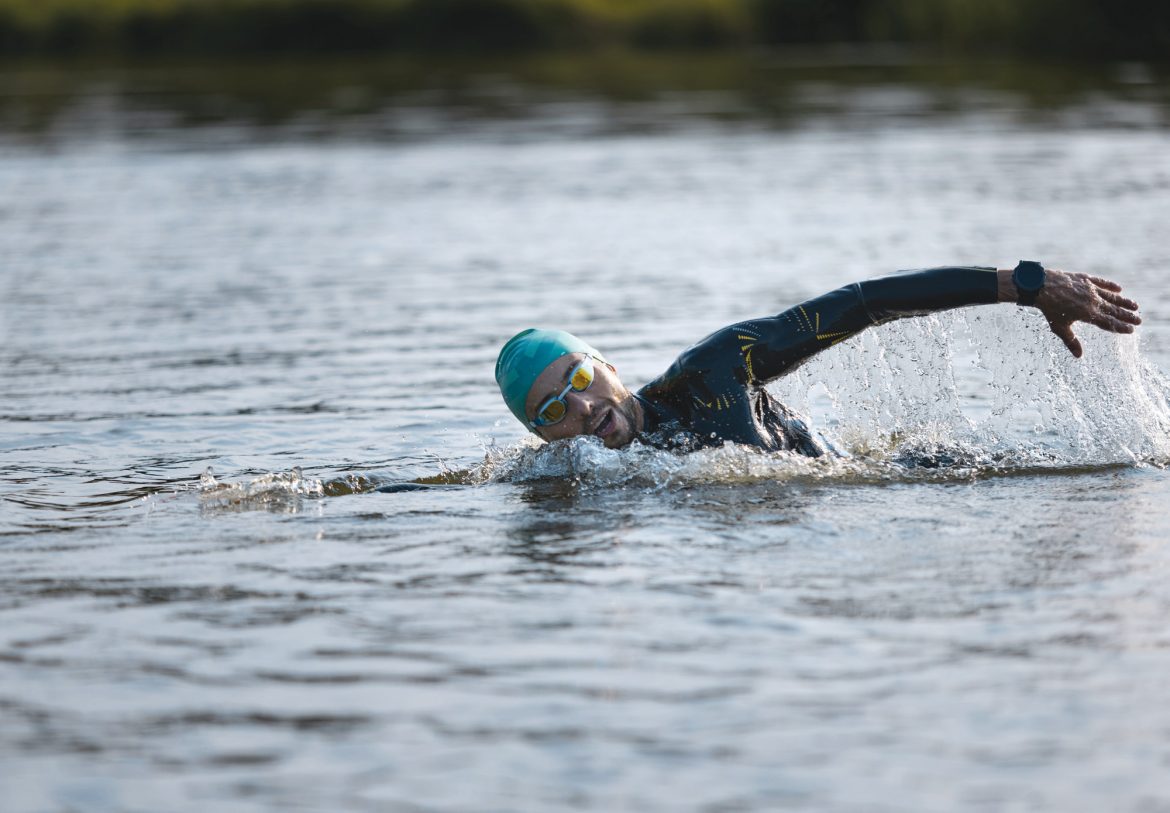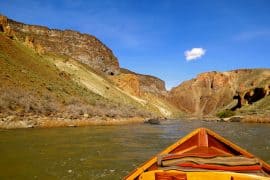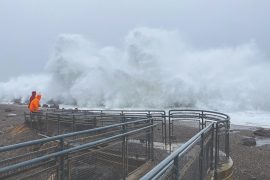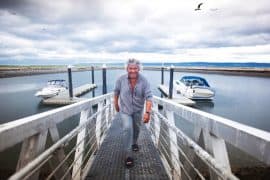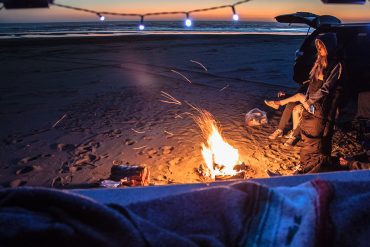Five bodies of water for amazing open water swimming
written by Jen Sotolongo
Swim? Out there in the open? With the boats and the water plants and the sea life? In the frigid water? That’s just something crazy that triathletes do, right?
As intimidating as open water swimming may sound, it’s a fantastic sport that anyone interested can enjoy, as long as they have the confidence and curiosity to dip their toes, literally.
Open water swimmers love the freedom that comes with swimming in an open space such as a lake or the Puget Sound. Fortunately for them, and those curious about taking to the open waters, there is plenty to explore in Washington.
Local open water swim coach Amy Marie Heaps of Lake Stevens offered guidance and suggestions for those interested in diving into the wonderful world of open water swimming.
How to Get Started
Looking to get started? The best way to learn the ropes is by joining a group or hiring a coach, like Heaps.
Regional groups located throughout the state welcome new swimmers and will happily show those new to open water swimming the ropes.
In Washington, a few such groups include: North Sound Swimmers, Western Washington Open Water Swimmers, Golden Gardens Swim Club, Olympia Wild Swimming, Outdoor Swimming Society and Belling-ham Open Water Swimmers.
Heaps said developing swimming skills is best done in the pool and encourages new swimmers to practice there before swimming in the open water.
Swimming in open water is about listening to your body and not forcing yourself beyond your limits, which can be a challenge for seasoned swimmers, according to Heaps.
A great place to learn and gain information is the Western Washington Open Water Swimmers Facebook group, which offers abundant resources and a community to those interested in the sport.
Gearing Up
As with pool swimming, swimming in natural bodies of water requires a swimsuit, goggles, and brightly-colored swim cap, for visibility.
In addition, look for a wetsuit designed for triathletes to allow for maximum mobility. Wetsuits vary in thickness and sleeve length, so it’s important to find what feels most comfortable for you. Neoprene booties and gloves add a layer of some extra warmth and protect the feet against sharp debris at the bottom of the lake or ocean. Wetsuits can cause chafing, so an anti-chafing cream can help.
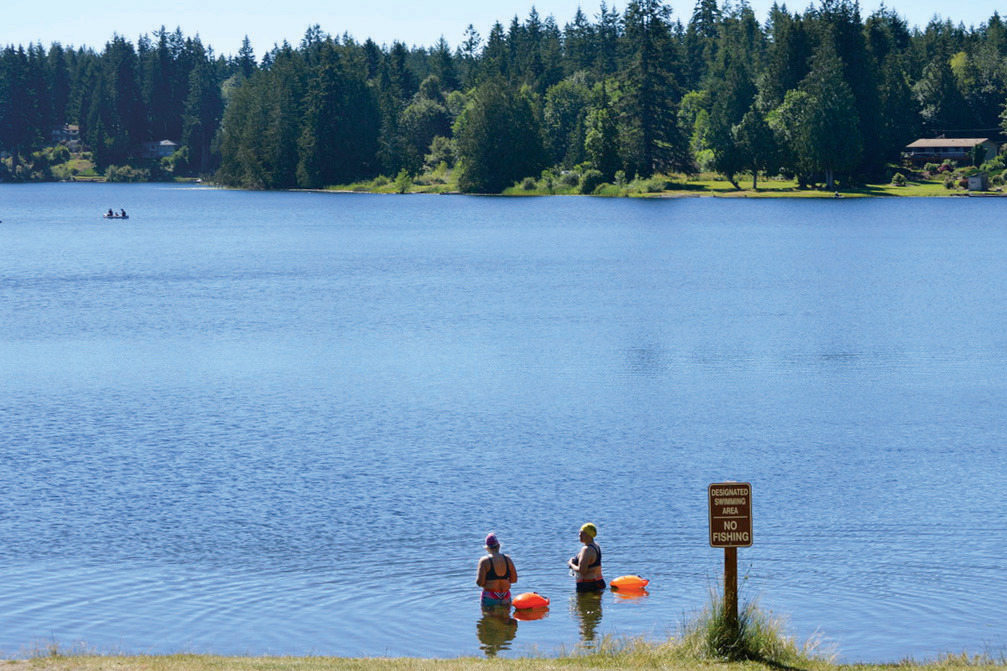
Photo by Kelle Kitchel-Cooper/Visit Kitsap Peninsula
Some open water swimmers also find that earplugs help keep them warmer and protect against ear infections.
For safety, consider wearing a bright swim buoy. The inflatable device tethers around the waist and increases visibility among boaters, other swimmers, and your buddies. Some buoys include a dry bag that allows swimmers to carry a few essential items such as keys, wallet or phone.
Embracing the Cold
Waters in the Pacific Northwest aren’t exactly bathwater warm, even in the middle of summer. Getting used to the cold gradually is the key to successful open water swimming.
Beginner open water sessions look similar for both seasoned swimmers and those entirely new to swimming.
“The first few times may just be a dip or a float,” said Heaps. “Acclimating is important for safety reasons, and you really have to get over the mental aspect of how cold it can be.”
The initial swims will likely be brief ten to twenty–minute sessions with and without a wetsuit to acclimate to the temperatures.
Another way to tackle the cold is to bring a change of dry clothes to change into as soon as you exit the water. A thermos with a hot beverage also helps take off the chill, as does a warm shower when back home.
Getting Over the Fear of Open Water
Many people have a fear of the open water, whether it’s the cold, the plant life or the wildlife. Because water can be dark, it’s not always possible to see what’s below the surface, sparking some of those fears.
Heaps helps address these fears by requiring her clients to get up close and personal with the plant life.
As far as wildlife interactions, Heaps said that letting them be is the best way to avoid an unwanted encounter.
“I often see folks getting kinda close,” she said. “My thing is they are wild and this is their home so you never know what they are capable of so be aware, don’t bug them and they usually stay pretty clear of you.”
Some new swimmers also fear the depth of the water or are worried they won’t catch their breath. This is where a coach comes in handy. Coaches will give clients drills to overcome these fears and develop the skills to trust their body and breath to be able to swim distances in open water.
WHERE TO OPEN WATER SWIM IN WASHINGTON
Just about any body of water is swimmable. Be sure to know the tide charts and understand the current of the body of water. Always swim parallel to the shore and don’t stray too far from your entry point.
Some popular open water spots in the Seattle are and beyond include:
LAKE WASHINGTON
The majority of the lake is swimmable. Suggested routes include starting at Madison Beach, swimming south, away from the 520 Bridge or swimming around the Seward Park peninsula.
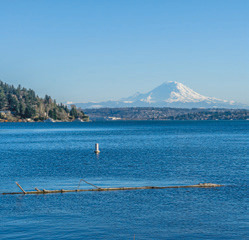
LAKE SAMMAMISH
This eastside lake offers abundant landmarks, a no-wake zone with reflective swim buoys for safer swimming, and beautiful scenery in the form of gardens and mountain views. Idylwood is a favorite starting point.
GREEN LAKE
For easy access swimming, this popular park is a great starting point. Begin at the bathhouse and swim to the rec center and back, or vice versa.
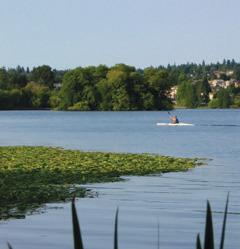
WILDCAT LAKE
Located in Seabeck, this is a favorite spot among open water swimmers and can actually feel warm toward the end of the summer. Start at the county park and swim straight out to the dock with buckets.
GOLDEN GARDENS
The Golden Gardens Swim Club meets in the parking lot just south of the beach on Sundays at 9:30 and is open to swimmers of all abilities and ages. Everyone starts at the south end of the beach and swims north, following the current which allows for plenty of energy for the return.
